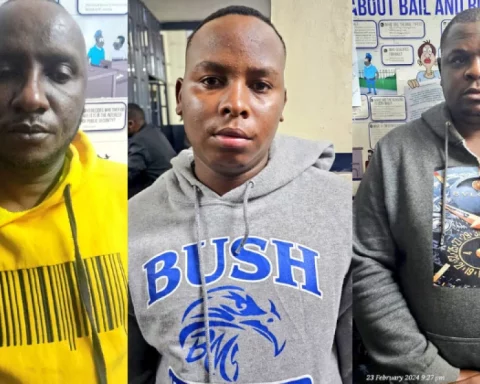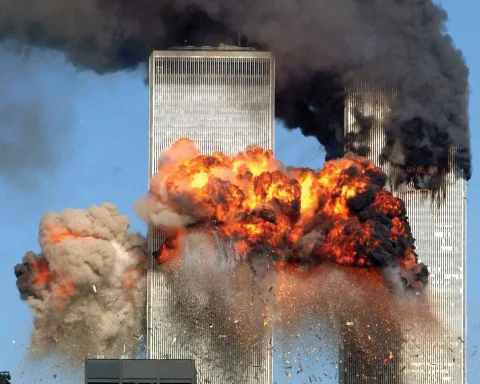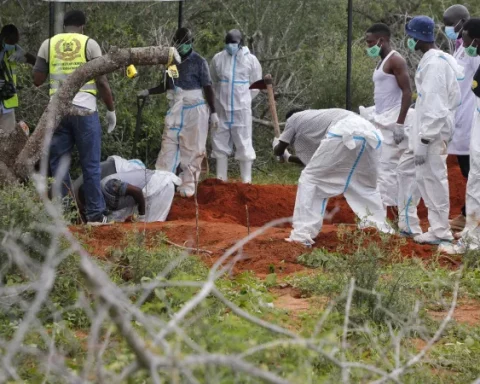The story behind the JFK facepalm picture was revealed by the photographer. This is one of the famous photos of the 35th President of the United States, John F Kennedy, where he is on the phone and appears to be mad. Well, it was on the day Patrice Lumumba was assassinated.
The photograph was taken by Jacques Lowe, the man who got unprecedented access to JFK’s life. It’s one of the most notable images that shows how close Lowe got to Kennedy. It is a shot that captures the moment when JFK heard Patrice Lumumba had died. Lowe’s 1983 book, Kennedy: A Time Remembered details that moment:
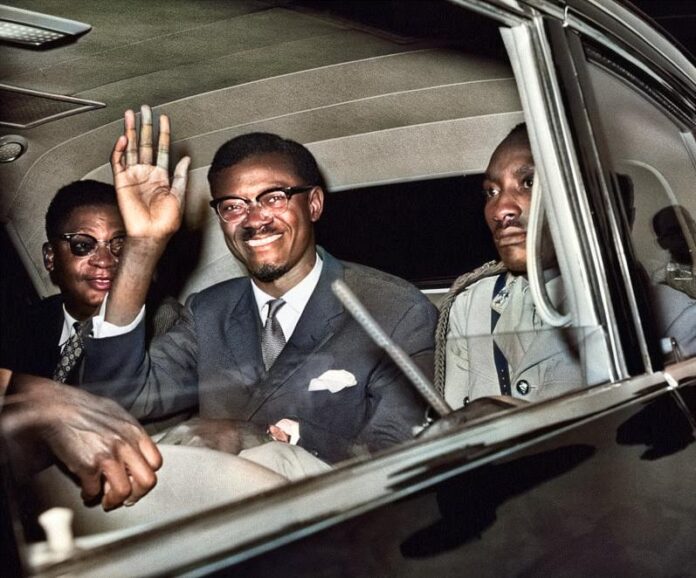
The photographer revealed the story behind the JFK Facepalm picture
“On February 13, 1961, United Nations ambassador Adlai Stevenson came on the phone. I was alone with the president; his hand went to his head in utter despair, ‘Oh, no,’ I heard him groan. The ambassador was informing the president of the assassination of Patrice Lumumba of the Congo, an African leader considered a troublemaker and a leftist by many Americans.
Read: Surprising and Amazing Coincidences between John F Kennedy and Abraham Lincoln
Surprising and Amazing Coincidences between John F Kennedy and Abraham Lincoln
But Kennedy’s attitude towards black Africa was that many who were considered leftists were in fact nationalists and patriots, anti-West because of years of colonialisation, and lured to the siren call of communism against their will. He felt that Africa presented an opportunity for the West, and, speaking as an American, unhindered by a colonial heritage, he had made friends in Africa and would succeed in gaining the trust of a great many African leaders. The call therefore left him heartbroken, for he knew that the murder would be a prelude to chaos …”
JOHN F. KENNEDY AND AFRICAN INDEPENDENCE
An Assassination’s Long Shadow
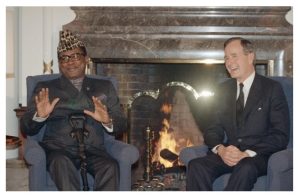
This treasure house of natural resources had been a colony of Belgium, which for decades had made no plans for independence. But after clashes with Congolese nationalists, the Belgians hastily arranged the first national election in 1960, and in June of that year, King Baudouin arrived to formally give the territory its freedom.
“It is now up to you, gentlemen,” he arrogantly told Congolese dignitaries, “to show that you are worthy of our confidence.”
The Belgians, and their European and American fellow investors, expected to continue collecting profits from Congo’s factories, plantations, and lucrative mines, which produced diamonds, gold, uranium, copper, and more. But they had not planned on Lumumba.
“Neither cruelty, nor violence, nor torture will make me beg for mercy, because I prefer to die with my head raised high, with unshakeable faith… In my country’s predestination rather than live in submission forsaking my sacred principles.”
― Lumumba Speaks: The Speeches and Writings of Patrice Lumumba, 1958-1961
Was the CIA involved in the death of Lumumba?



